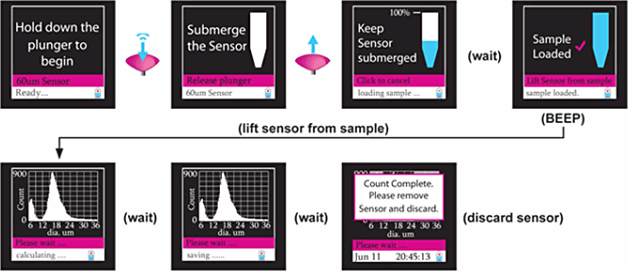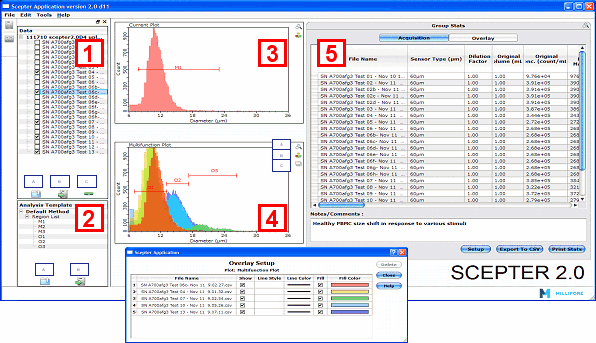Home >Products> Synthesizers | Sequencers | Cell Analysis >Cell Analysis > Scepter™ 2.0 Cell Counter
Synthesizers | Sequencers | Cell Analysis:
DNA / Organic / Polypeptide Synthesizers
Genomics / Sequencers
Cell Analysis
Proteomics
- Scepter™ 2.0 Cell Counter

| Request Information |
| Other Products |
| Related Products |
| Recently viewed products |







